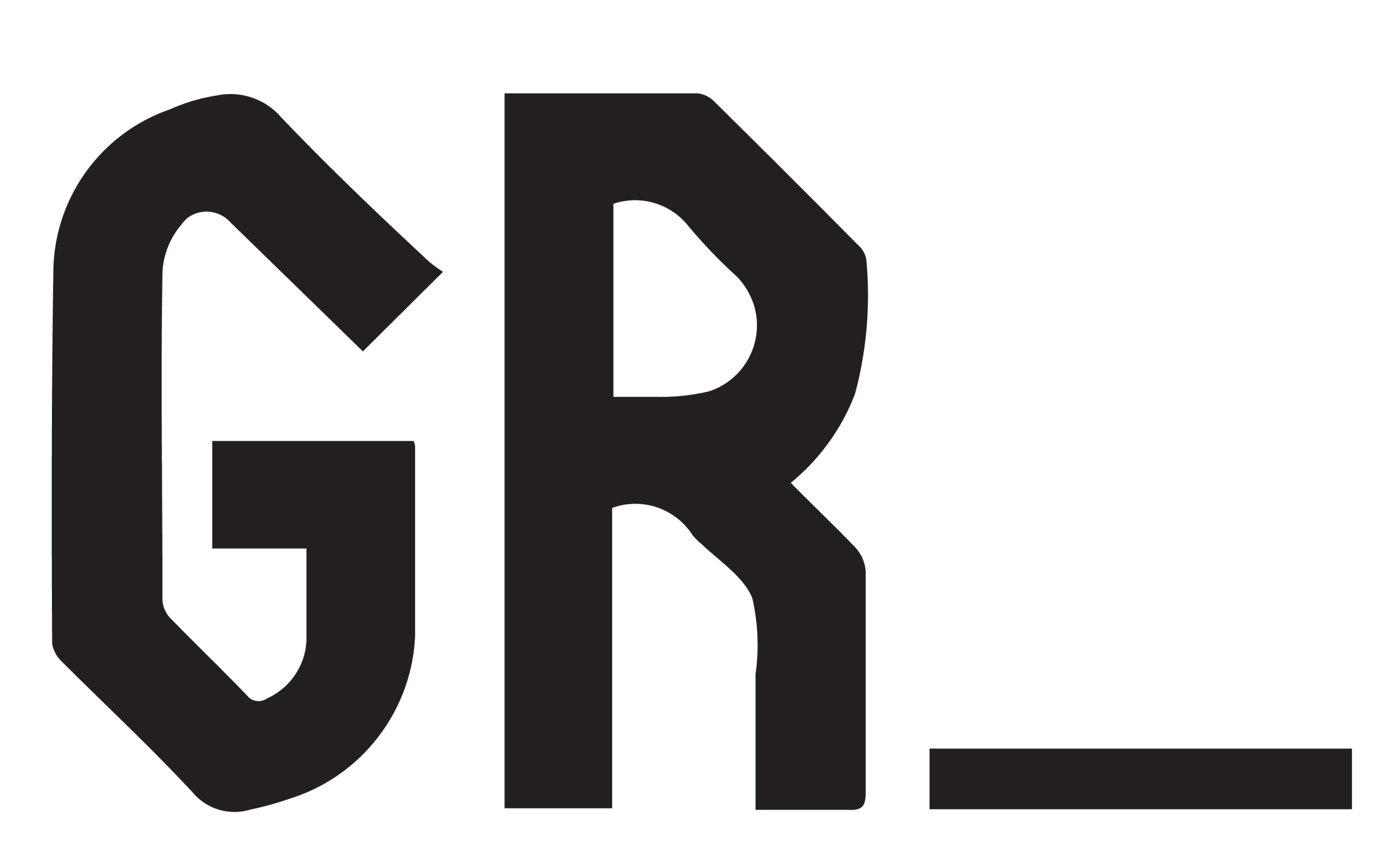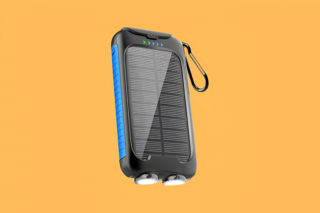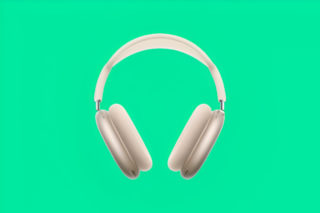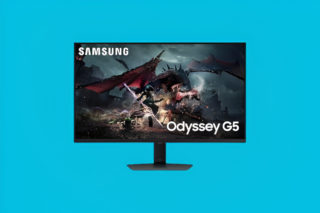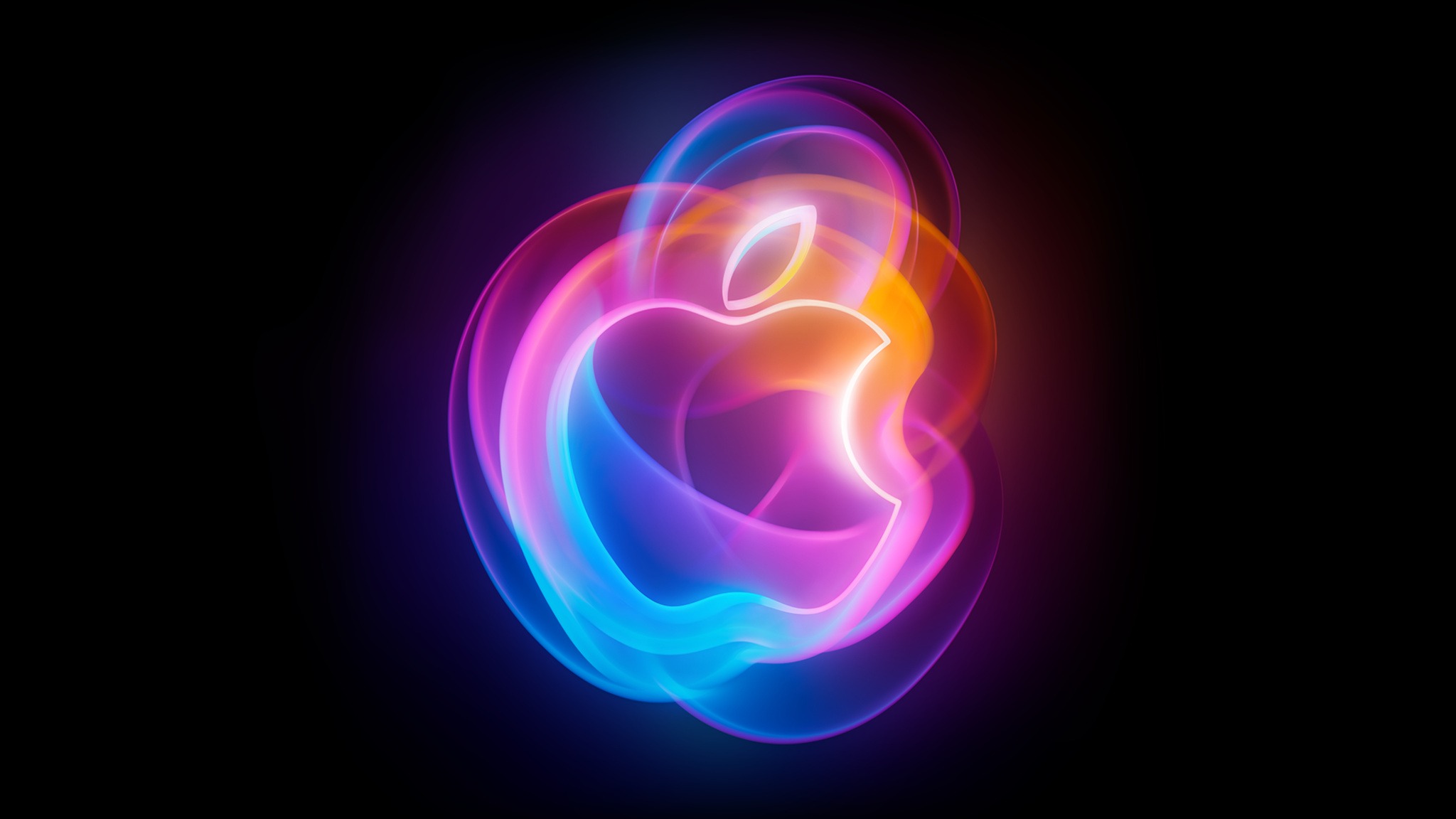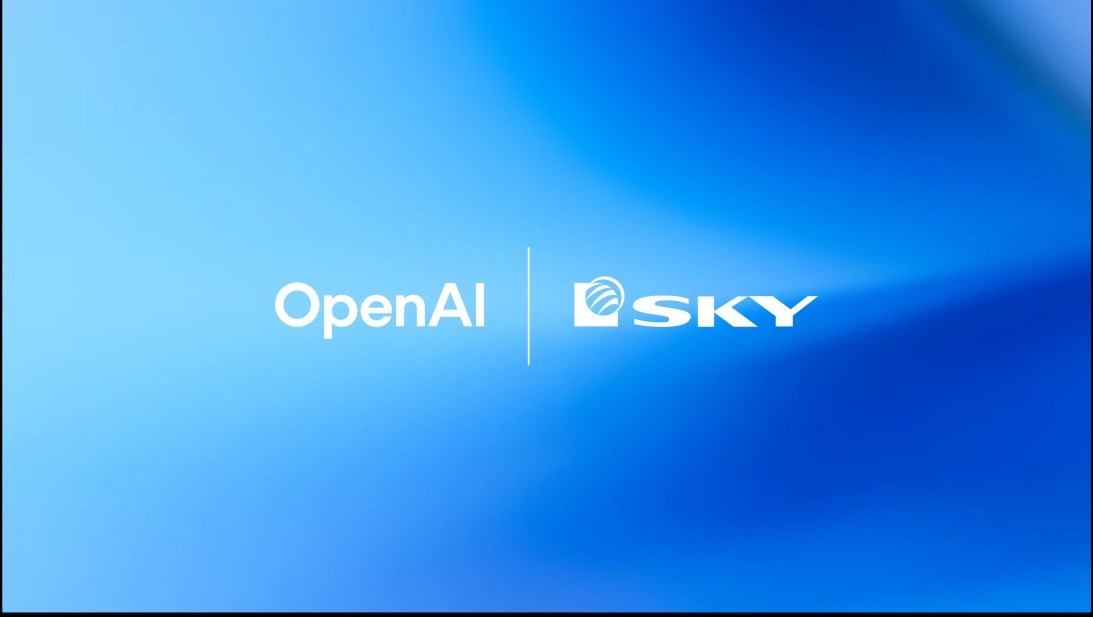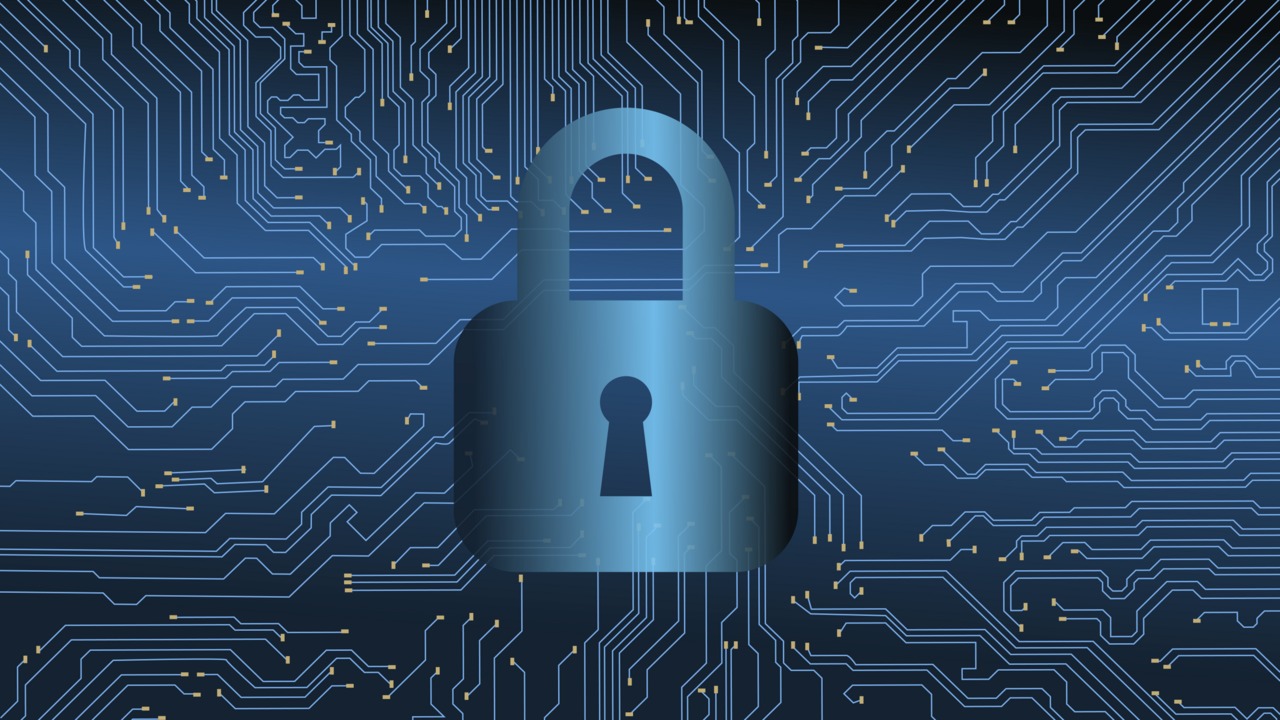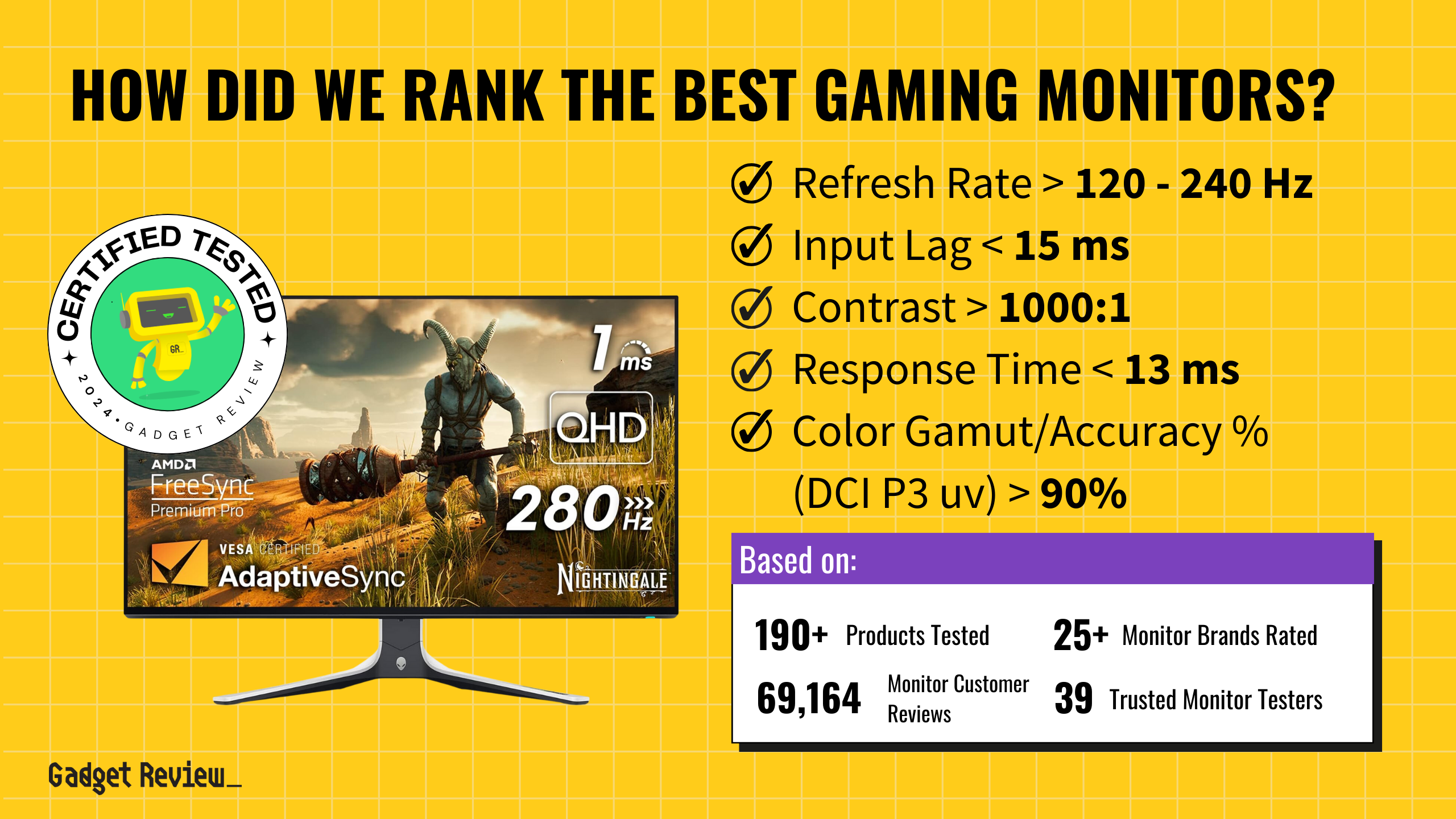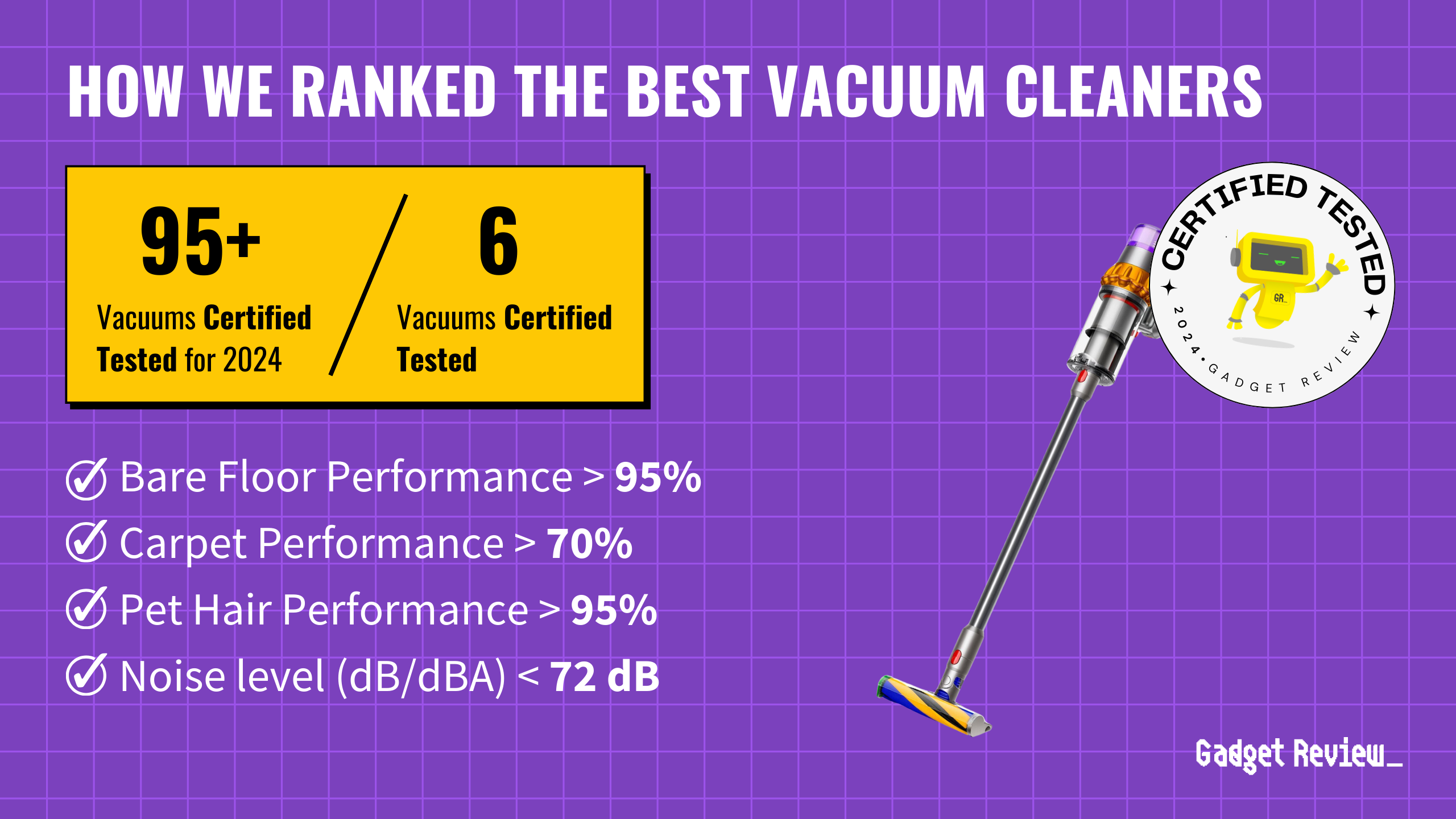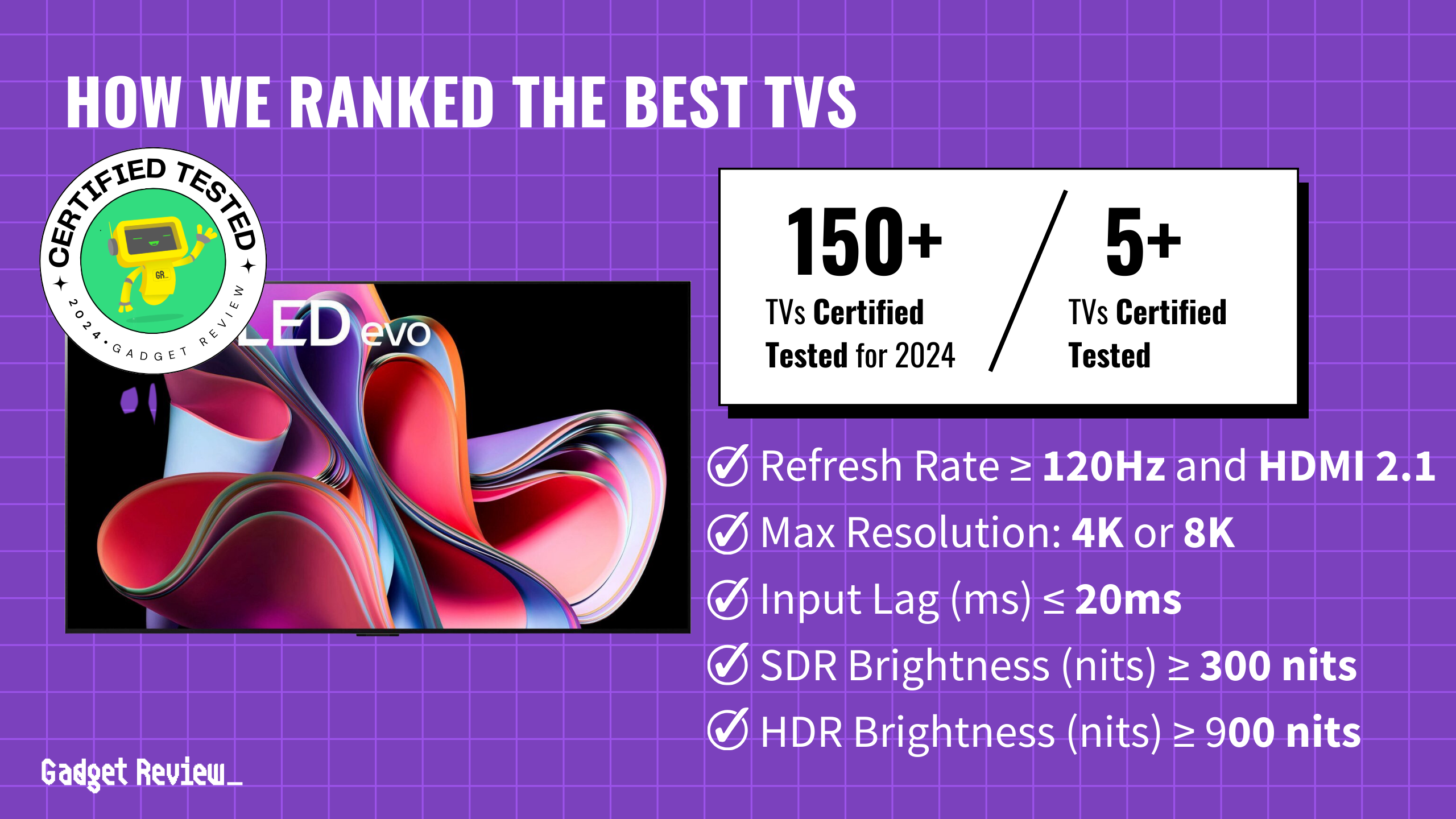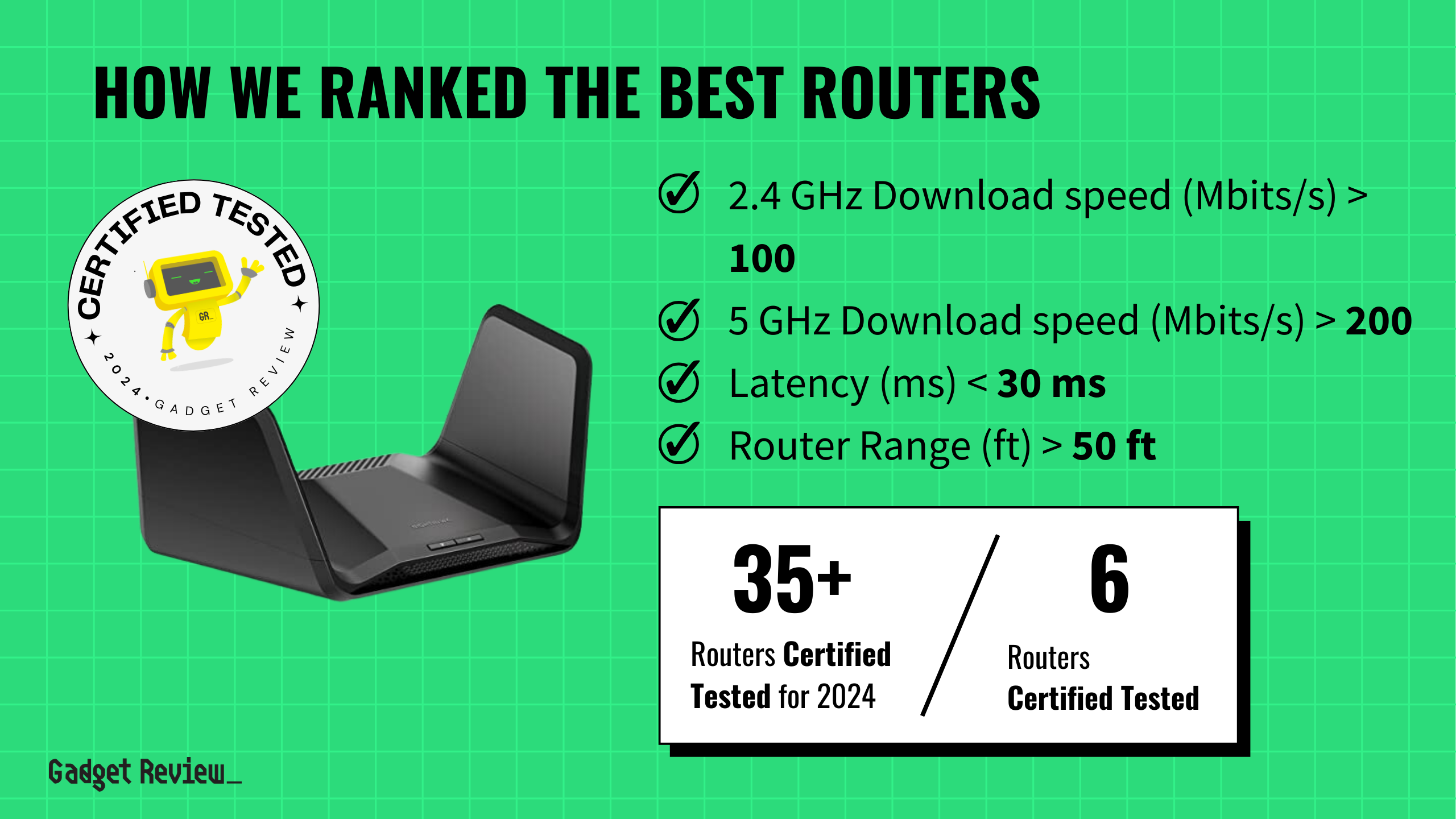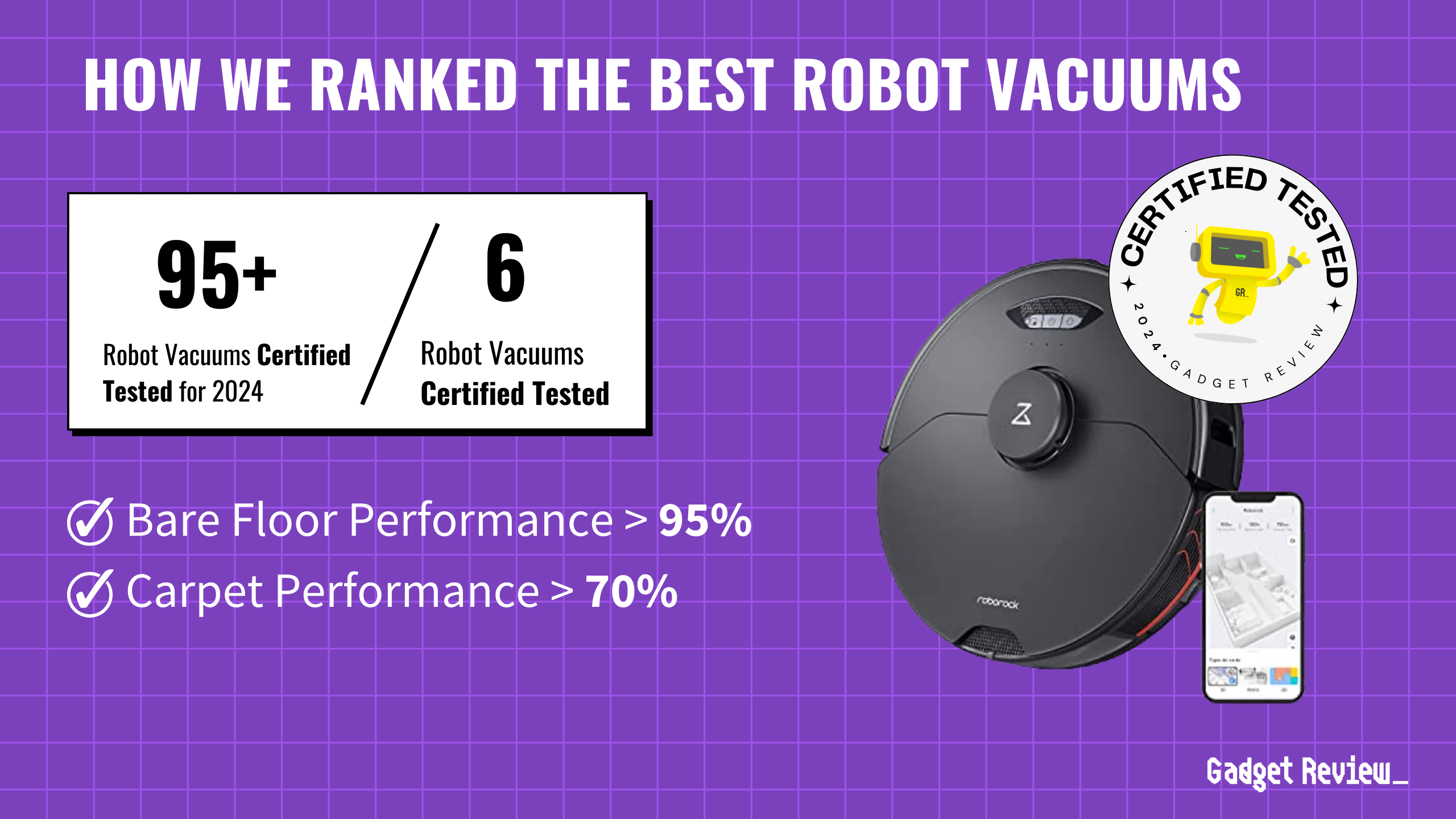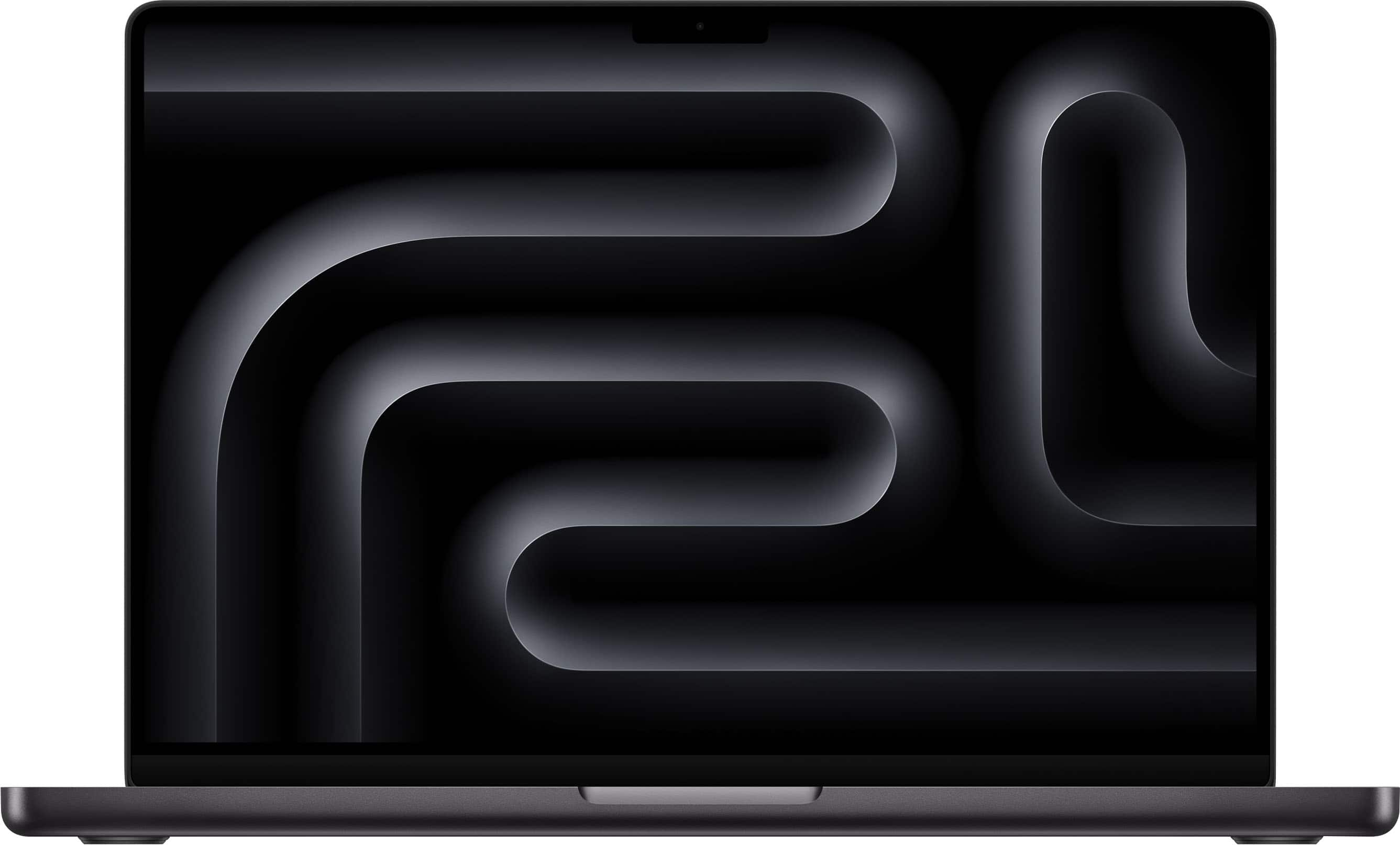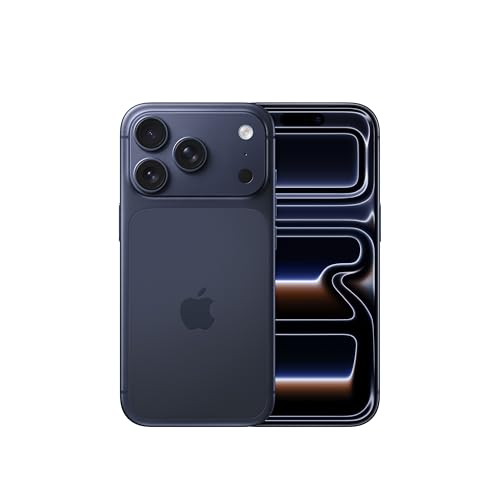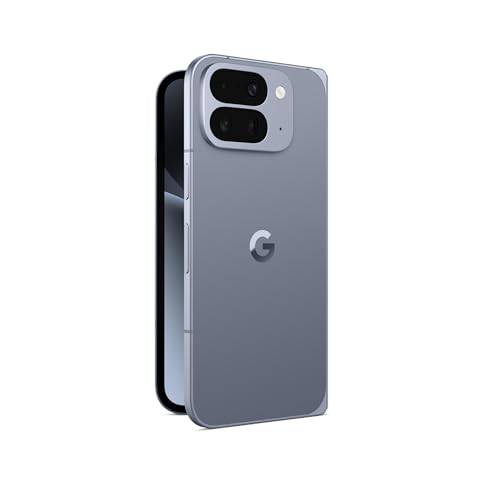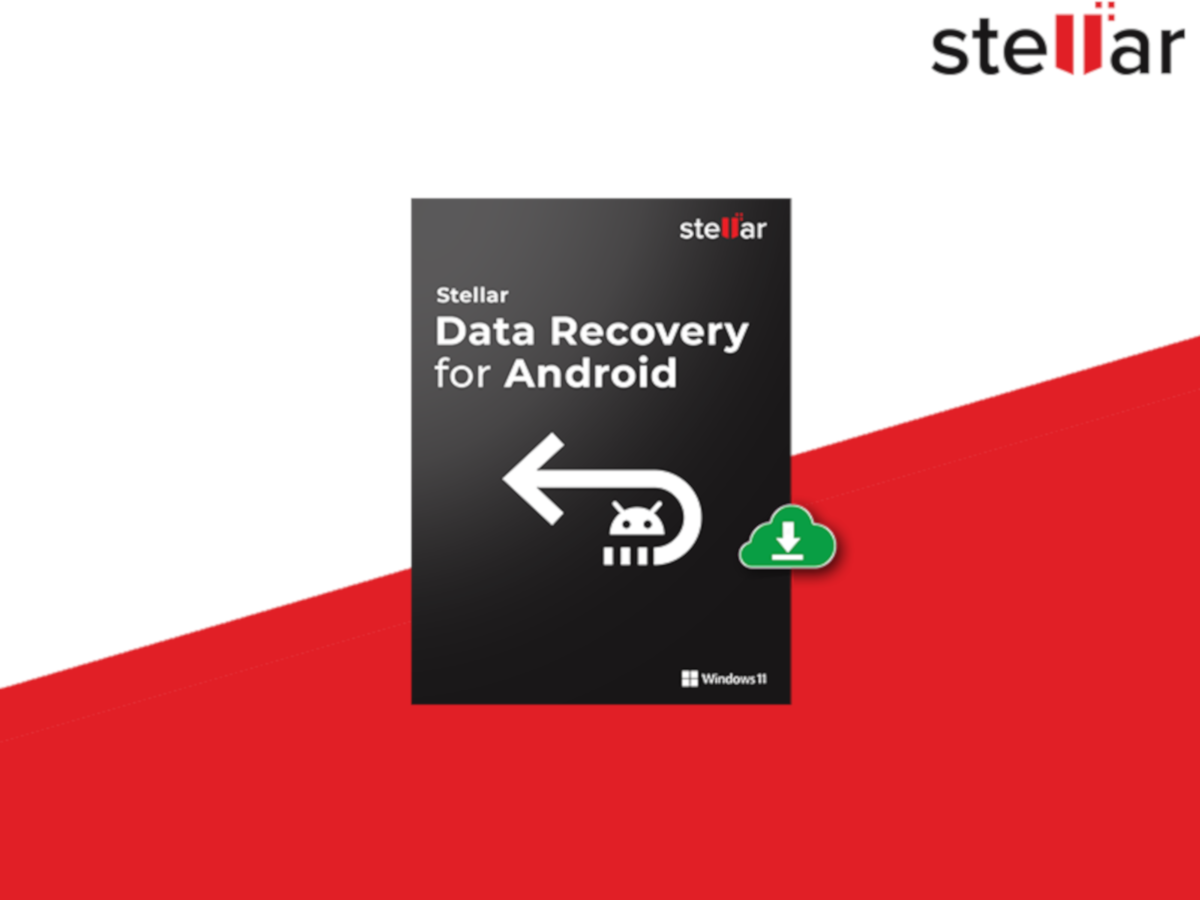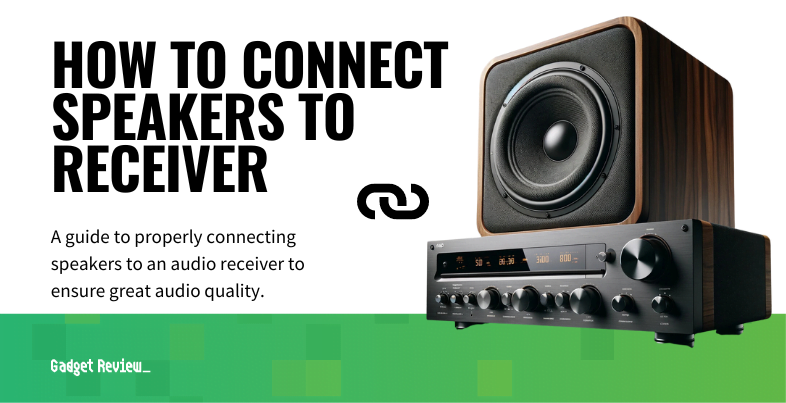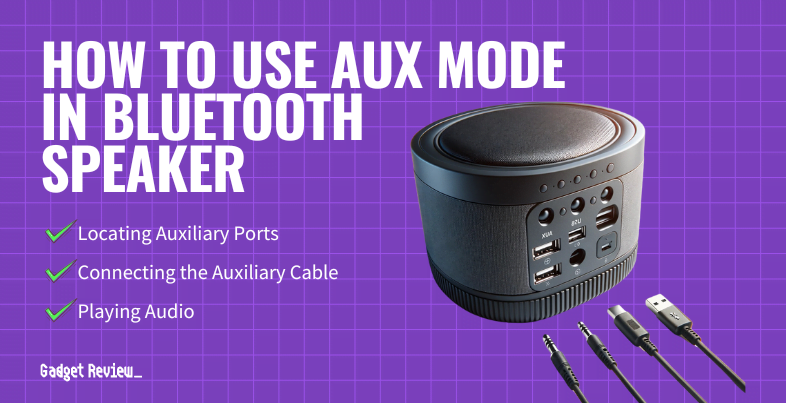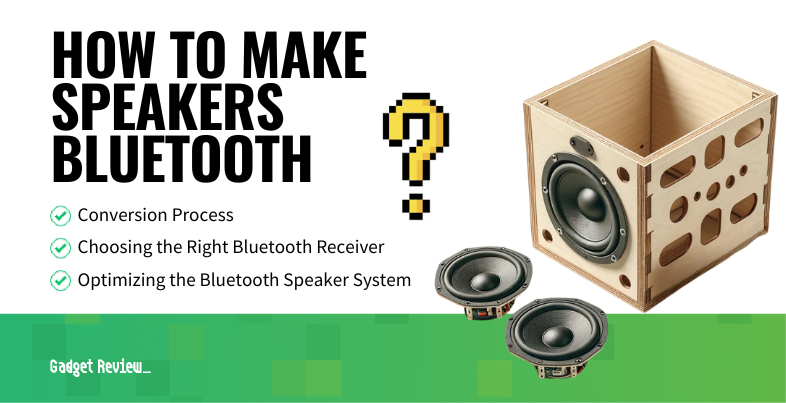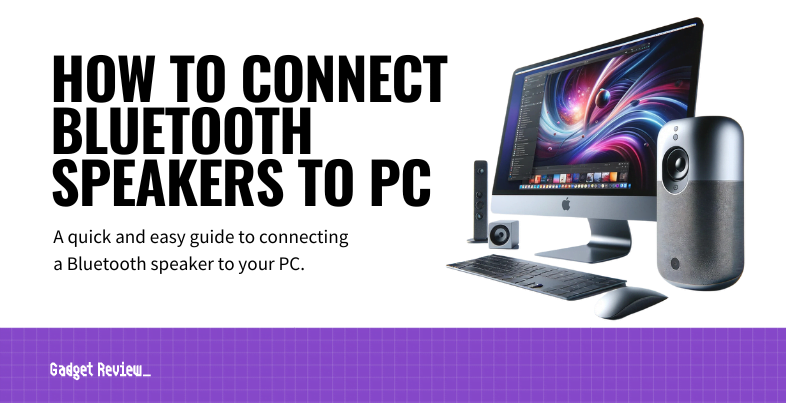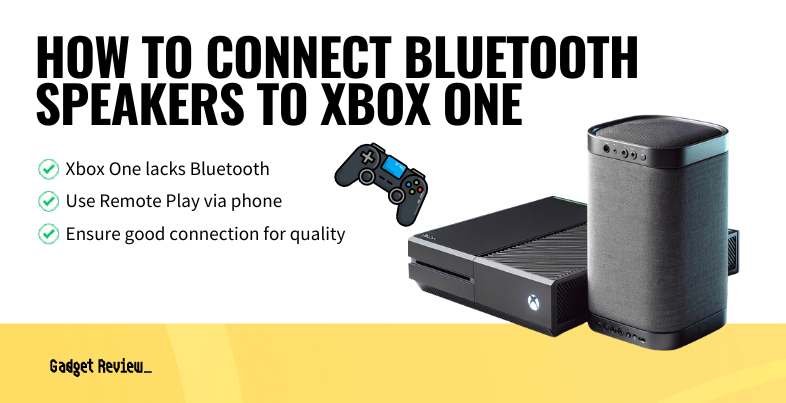Apple just delivered its most sweeping software overhaul since the iPhone’s debut, introducing the Liquid Glass design language and unifying its entire ecosystem under a bold, translucent aesthetic. Here’s your complete guide to the changes, new features, and what it all means for your devices.
Liquid Glass: A Unified, Translucent Design Across All Platforms
For the first time, Apple unified all major platforms—iOS 26, iPadOS 26, macOS Tahoe 26, watchOS 26, tvOS 26, and visionOS 26—under one design language: Liquid Glass. Apple’s iOS 26 redesign introduces a translucent, glass-like interface that reflects and refracts its surroundings. Navigation bars and controls now float and adapt dynamically to light and dark modes, creating a sleek, immersive user experience.
- Tab bars shrink as you scroll, maximizing screen space for content, and sidebars refract background colors for a sense of depth and context.
- Even the Lock Screen clock adapts fluidly to the available space, while controls and buttons are crafted from Liquid Glass, creating a lively, responsive experience.
- The design overhaul is Apple’s biggest visual update in over a decade, echoing the impact of iOS 7’s move away from skeuomorphism in 2013.
Major App and Feature Updates
Apple Intelligence received a significant boost with a new Foundation Models framework, enabling developers to access on-device AI directly. This lets users run advanced AI tasks locally or securely via Private Compute, making features like Shortcuts far more powerful and seamless.
- The new Games app consolidates Game Center, Apple Arcade, and your app library into a single, modern hub, finally giving Apple’s gaming ecosystem a central home. Apple Arcade now features 200+ award-winning titles.
- Apple’s iOS 26 CarPlay upgrade introduces CarPlay Ultra, extending CarPlay across multiple vehicle screens. Enjoy quick profile switching and seamless app logins for a more immersive, personalized dashboard experience.
Platform-Specific Highlights
iOS 26 introduces new features like Call Screening that automatically answers unknown callers, Live Translation in Messages and FaceTime, and spatial wallpapers with 3D effects.
The Phone app now features a unified layout, combining favorites, recents, and voicemails for streamlined navigation.
watchOS 26 adds a wrist-flick gesture to dismiss notifications and an AI-powered Workout Buddy that adapts to your fitness history, plus the arrival of the Notes app on Apple Watch.
tvOS 26 gets the Liquid Glass redesign, quick profile switching, and new APIs for seamless app logins linked to Apple Accounts.
macOS Tahoe 26 brings the new design to the desktop, with enhanced customization and Live Activities that sync with iOS, such as showing Uber Eats status on your Mac.
Developer Tools and AI Integration
Xcode 26 now features built-in ChatGPT integration, allowing developers to write code, debug, and generate documentation directly within the IDE—no separate account required. Other large language models can be connected via API keys, making AI-assisted development more accessible than ever.
Accessibility Concerns
While the Liquid Glass design has been widely praised for its elegance, accessibility advocates immediately raised concerns about legibility and usability. The increased use of transparency and dynamic backgrounds can make some interfaces appear visually muddled, especially when translucent elements overlap busy content. Whether Apple will address these issues before the public beta launches in July remains to be seen.
What This Means for Your Tech Life
- Apple’s year-based naming convention (iOS 26, macOS 26, etc.) signals a shift to synchronized annual updates across all platforms.
- Developer betas are available now, with public betas coming in July and final releases expected in September alongside new iPhone models.
- App developers face pressure to update their designs for Liquid Glass or risk their apps looking outdated, potentially increasing development costs, but ensuring a more cohesive user experience.
In summary: The Liquid Glass revolution is more than a visual refresh—it’s a foundational shift that unites Apple’s platforms, supercharges AI capabilities, and challenges both developers and users to adapt to a more dynamic, expressive digital world.
